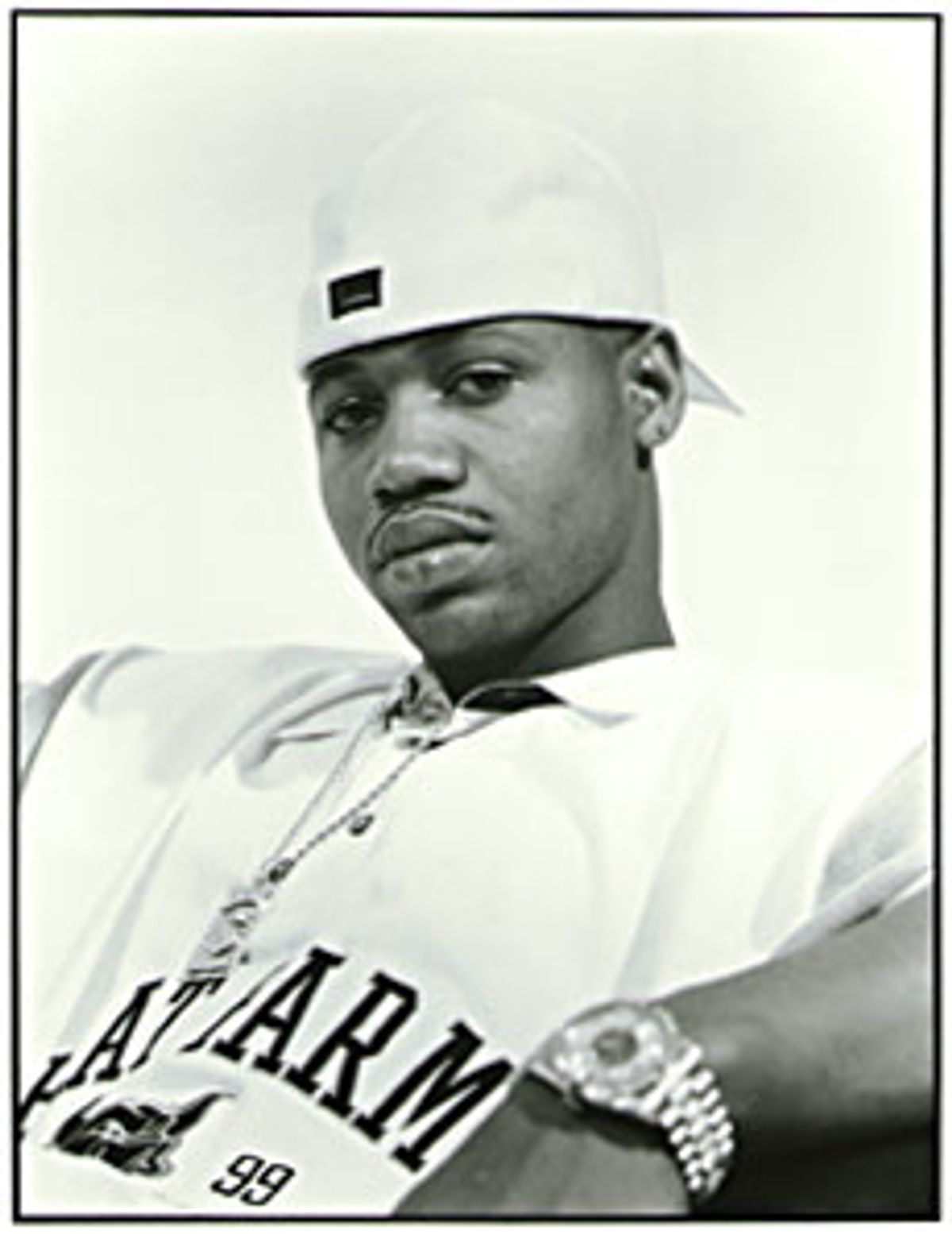In its purest form, blues music is remarkably easy to play. Spend 10 minutes with a harmonica -- breathe out, breathe in, add a touch of drama to that last waning gasp for air -- and you can at least keep up appearances. Learn the right three elementary guitar chords and you've shuffle-stepped toward the Delta. Throw some whiskey into the mix, maybe a tambourine and the form all but plays itself.
Of course, none of the above is true. Or rather it is, in a sense, but expert musicians and casual listeners alike will tell you that what comes out of the blues form is altogether different than what goes down on paper. Musicologists talk about "blue" notes and diminished chord structures in tracing the music's evolution, but they're also the first to point out that blues announces itself as blues on its own terms.
As for the precise nature of those terms, it still stands among music's more elusive and mystifying conceits. Bang out the most tired, by-the-book 12-bar blues figure for anybody with half a heart and it's bound to evoke, to some degree, its own brand of soulful, bloodletting response. And while there has been a lot of social history attached to the rise of blues in America, addressing it as a cultural phenomenon often betrays its timelessness and experiential variabity. Staggering Reconstruction-era racial inequality, soul-crushing industrial age mechanization, post-war existential woe -- these are mere punch lines to the less conditional sensibility that makes up the blues. The best blues can sort through plight, reconciliation and celebration all in one justly sustained note.
Some of the blues on Vanguard Records' new pair of compilations -- "Blow'n the Blues: Best of the Great Harp Players" and "Frett'n the Blues: Best of the Great Blues Guitarists" -- is that good. Like Junior Wells' harmonica vamp "Checking on My Baby." Midway into the song you can hear drummer Fred Below jump to attention during Wells' solo. Wells holds a note, rolling it like dough, until Below bangs out a machine gun reply that's both an expert musical counterpunch and a base "Hell yeah!" response to Wells' scorching tone. That's the language of the blues, and it gets meted out all over Vanguard's surveys of the label's own electrified '60s archives.
Wells sings too, and his opening tracks on "Blow'n" show how the best blues guys channel the music and become their instruments. His vocals on "Messin' With the Kid" are layered with phrasing that mimics his harp style; he plaintively falls off to end some measures and tenses up in seizing, stuttered cries in others. James Cotton follows Wells' five tracks on "Blow'n" with five rusty-edged country blues songs of his own. In the stomped-out "Rocket 88," Cotton's harmonica fans out in thin but impossibly wide swaths of sound. The shifting tones are evidence of the incredible range of the little ol' pocket harp, or "Mississippi saxophone," as it's called in the liner notes. Throughout the tracks on "Blow'n" by the Johnny Shines Blues Band, Big Walter Horton (who also performed under the choice nickname, Tangle Eye), Charlie Musselwhite and the more rock-associated Siegel-Schwall Band and Paul Butterfield, the harmonica gets mangled and finessed in so many different ways it ends up as less the primary focus of the album than just another of its shading agents.
The same goes for much of the guitar work on "Frett'n." It's a testament to the economy of these great blues vets that these two collections, focusing on instrumental virtuosos, don't sound bogged down by their instrumental feats. Buddy Guy plays all hell out of his guitar on the dirge, "One Room Country Shack," but he knows when to give his licks the tone of conspiratorial whispers by the side of Otis Spann's feather-touched piano.
The Otis Rush Blues Band that follows Guy's opening six tracks on "Frett'n" sound less suggestive but equally conversational. More than whisper, Rush's guitar solos slice through horn-heavy doo-wop songs like "Everything's Going to Turn Out Alright" and "It's a Mean Old World." On the fittingly named "Rock," he runs between muted low-string rattling and ear-wigging high screams in ways that make the guitar's most extreme registers sound like estranged cousins meeting again for the first time.
"Frett'n" never really lets up on making such reintroductions. Standard blues themes sound less than standard as they get twisted around themselves, completely dressed and redressed by devilish designs and a sideways-glancing sense of suspicious faith. On their three tracks, John Hammond and friends -- Mike Bloomfield, Charlie Musselwhite, Jimmy Lewis and band members Robbie Robertson, Levon Helm and Garth Hudson -- antagonize the form they're praising. And then, in a sort of reverse red carpet treatment, "Frett'n" closes down with songs by Lightnin' Hopkins, John Lee Hooker and Muddy Waters. Except for one electric track by Waters, the three untouchables play the more pared-down, acoustic form of blues, teaching lessons in their music's fatalistic gospel to a crowd at the 1965 Newport Folk Festival.
While the notion of trapping the best of blues on two time-specific discs is windmill-slaying at best, Vanguard's collections make good game of grabbing the blues' greasy handles. None of the songs are less than faithful to the old-born blues tradition. Which is to say that they all had the good faith to shake the tradition's shoulders until it got suitably dizzy in the head and heavy in the heart.



Shares